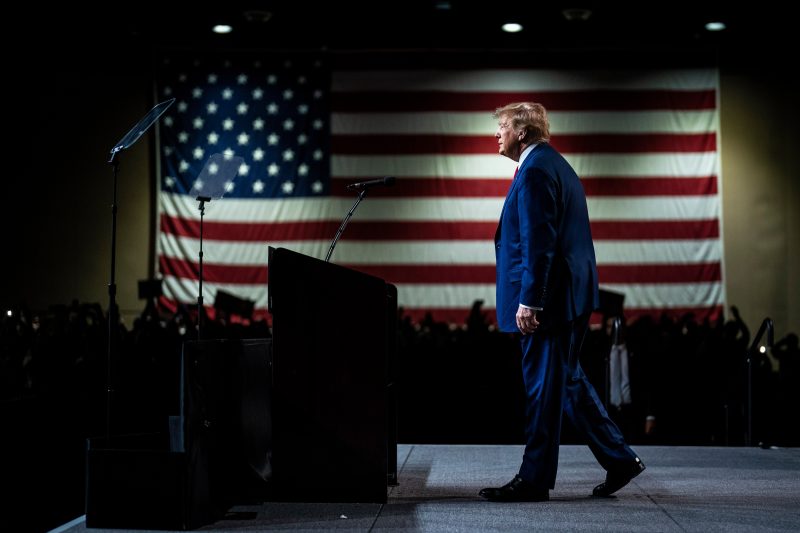Nevada: The Unique Confluence of a Republican Primary and Caucuses
As the political landscape heats up in anticipation of the 2024 elections, Nevada finds itself in a unique situation. The state will be hosting both a Republican primary and caucuses, inviting a flurry of discussions and speculations among political pundits. In this article, we delve into why Nevada has adopted this dual system and explore how these processes will work.
The decision to hold both a primary and caucuses in Nevada stems from the state’s history of embracing grassroots political participation. Traditionally, caucuses have played a significant role in the state’s election process, facilitating face-to-face discussions and negotiations among party members. However, a primary system allows for a more straightforward and representative method of candidate selection. By combining these two systems, Nevada aims to strike a balance between inclusivity and efficiency in its electoral process.
So, how will these dual systems work? Let’s take a closer look.
1. Republican Primary:
The primary process in Nevada will follow a more conventional approach, with registered Republican voters casting their ballots to determine the party’s nominee. This system ensures that the selection process is more widely accessible, allowing all registered party members to have a direct say in choosing their candidate.
2. Republican Caucuses:
The caucuses, on the other hand, will complement the primary system by providing a platform for vocal and engaged party members to have a deeper involvement. Participants will gather in neighborhood meetings and discuss the candidates, their policies, and the issues that matter to them. These discussions aim to provide a clearer understanding of the candidates’ standing among party members and potentially sway the opinion of undecided participants.
The outcome of the Republican caucuses is not directly in line with the primary results. Instead, those elected as delegates from precincts at the caucuses will advance to subsequent county, state, and national conventions. These conventions serve as another layer of discussions, debates, and negotiations to determine the final allocation of delegates to the Republican National Convention. This multi-step process ensures that various factions and viewpoints within the party are represented in the decision-making process.
While the dual system creates a more complex electoral process, it arguably allows for a more comprehensive evaluation of candidates. It promotes an environment where candidates are subjected to rigorous scrutiny and analysis from different layers and perspectives within the party.
Despite its advantages, the dual system also presents challenges. The logistics of organizing both a primary and caucuses would require considerable resources and coordination. Ensuring that the two systems effectively complement each other without causing confusion or voter disenfranchisement will be crucial.
Nevada’s decision to embrace both a Republican primary and caucuses is a testament to the state’s commitment to democratic deliberation and broad-based participation. By striking a balance between inclusivity and efficiency, Nevada aims to create a platform that best represents the diverse voices within the Republican Party.
As the 2024 elections draw closer, all eyes will be on the state to see how this unique combination of primary and caucuses unfolds. Ultimately, Nevada’s ambitious experiment could serve as a model for other states navigating the complexities of their own electoral processes, ensuring that democracy remains vibrant and accessible to all.
